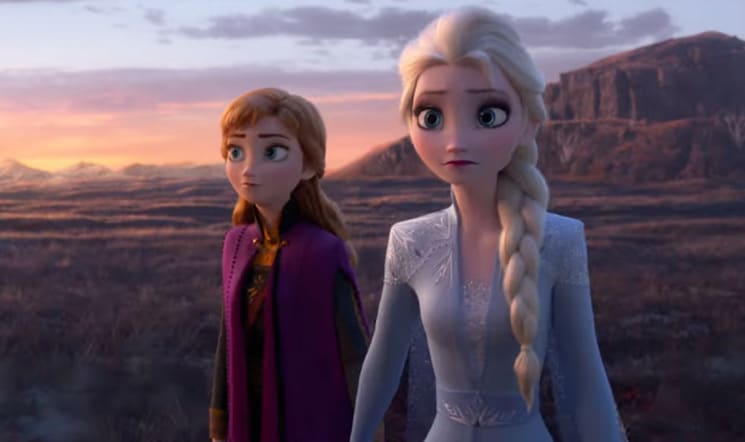Animation code used in Disney's wildly popular Frozen movie franchise has been credited with solving a 62-year-old cold case involving the deaths of nine people.
The code used to render snow in the computer-animated franchise has recently been repurposed in avalanche research surrounding the mysterious 1959 case that has come to be known as the Dyatlov Pass Incident, the result of a ski expedition that saw the mysterious deaths of several students and their instructor.
The nine victims involved in the incident were found dead with serious injuries, including hypothermia and various forms of physical trauma, while one member of the expedition was found missing her tongue and eyes. At the time, a criminal investigation said their deaths were caused by an "unknown natural force."
The incident — which has become the subject of several government conspiracy theories, Yeti mythology and true crime fanatics' investigations in the years since its occurrence — was long-thought to be caused by a massive avalanche, but investigators were, until now, unable to connect the victims' brutal injuries to the theory.
Thanks to the work of the director of the EPFL Snow and Avalanche Simulation Laboratory, Johan Gaume, the students' injuries have been explained using computer modelling based on Frozen's animation, as well as real-world research simulations involving crash test dummies.
National Geographic explains:
Following a trip to Hollywood to meet with the specialist who worked on Frozen's snow effects, Gaume modified the film's snow animation code for his avalanche simulation models, albeit with a decidedly less entertaining purpose: to simulate the impacts that avalanches would have on the human body.
Back on the slopes of Kholat Saykhl, the team members had placed their bedding atop their skis. This meant that the avalanche, which hit them as they slept, struck an unusually rigid target.
The researchers' computer models demonstrated that a 16-foot-long block of hefty snow could, in this unique situation, handily break the ribs and skulls of people sleeping on a rigid bed.
"The way they've shown that empirically in their equations seems perfectly robust," Jordy Hendrikx, director of the Snow and Avalanche Lab at Montana State University, told National Geographic. "It's exciting how new science developments in the avalanche world can shed new light on these historic puzzles."
Though the case may never be fully closed, Gaume explained, this latest study, with help from Disney, has led to the most reasonable account of the events that occurred so many years ago.
The code used to render snow in the computer-animated franchise has recently been repurposed in avalanche research surrounding the mysterious 1959 case that has come to be known as the Dyatlov Pass Incident, the result of a ski expedition that saw the mysterious deaths of several students and their instructor.
The nine victims involved in the incident were found dead with serious injuries, including hypothermia and various forms of physical trauma, while one member of the expedition was found missing her tongue and eyes. At the time, a criminal investigation said their deaths were caused by an "unknown natural force."
The incident — which has become the subject of several government conspiracy theories, Yeti mythology and true crime fanatics' investigations in the years since its occurrence — was long-thought to be caused by a massive avalanche, but investigators were, until now, unable to connect the victims' brutal injuries to the theory.
Thanks to the work of the director of the EPFL Snow and Avalanche Simulation Laboratory, Johan Gaume, the students' injuries have been explained using computer modelling based on Frozen's animation, as well as real-world research simulations involving crash test dummies.
National Geographic explains:
Following a trip to Hollywood to meet with the specialist who worked on Frozen's snow effects, Gaume modified the film's snow animation code for his avalanche simulation models, albeit with a decidedly less entertaining purpose: to simulate the impacts that avalanches would have on the human body.
Back on the slopes of Kholat Saykhl, the team members had placed their bedding atop their skis. This meant that the avalanche, which hit them as they slept, struck an unusually rigid target.
The researchers' computer models demonstrated that a 16-foot-long block of hefty snow could, in this unique situation, handily break the ribs and skulls of people sleeping on a rigid bed.
"The way they've shown that empirically in their equations seems perfectly robust," Jordy Hendrikx, director of the Snow and Avalanche Lab at Montana State University, told National Geographic. "It's exciting how new science developments in the avalanche world can shed new light on these historic puzzles."
Though the case may never be fully closed, Gaume explained, this latest study, with help from Disney, has led to the most reasonable account of the events that occurred so many years ago.
